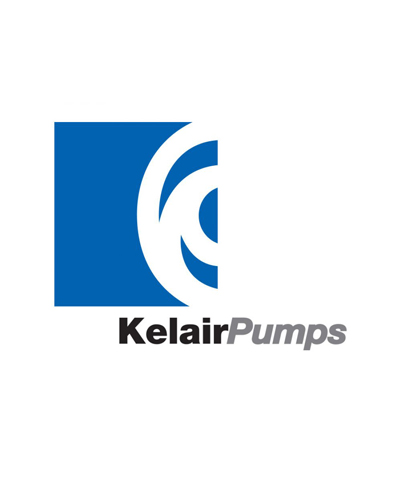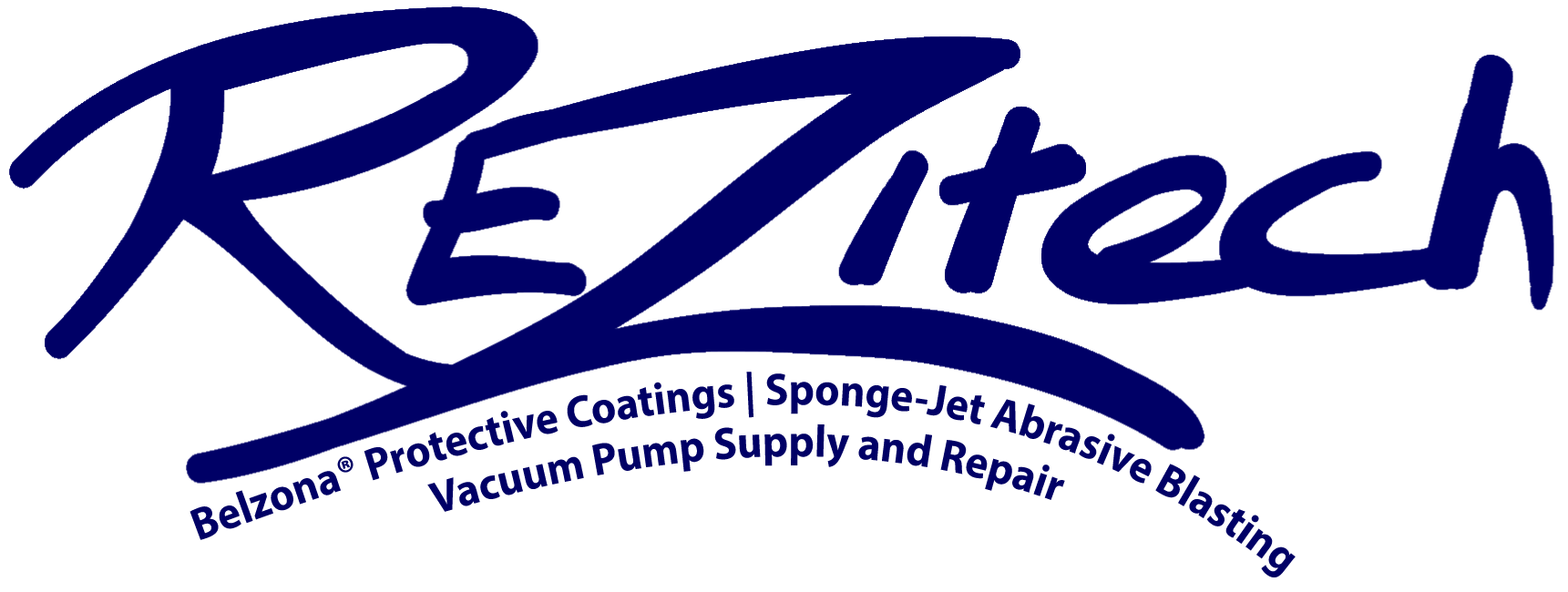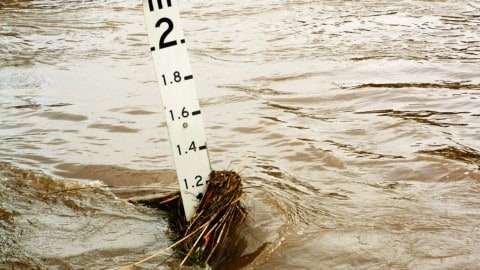There are many factors that need to be taken into account when deciding between diesel, LPG and electrical pumpsets. Here, the NSW Department of Primary Industries (DPI) outline some of the factors to be considered when deciding which type is the best for your situation.
The NSW Department of Primary Industries (DPI) has compared diesel fuel pump sets, liquefied petroleum gas (LPG) pump sets, standard irrigation electricity tariffs and off-peak irrigation electricity tariffs, using prices that are available at Sunraysia, in south-western NSW, as an example.
Establishment costs have not been considered in these comparisons as these costs are too variable. Electricity infrastructure supply costs, for example, can range from $5,000 to $150,000 or more, depending on the existing level of infrastructure. The fuel or power costs were determined as at July 2016.
Energy costs at the shaft
This article looks at the cost of providing power at the engine or motor shaft, to make the comparison more valid. That is, the full amount of energy consumed is considered, including losses through any transmissions or drives.
Diesel fuel
The wholesale price for diesel fuel varies daily and retail prices vary from company to company. A general wholesale figure in Sunraysia at the time of writing was 125 cents per litre, including GST.
An excise rebate can be claimed on this cost from the federal customs department. So the approximate price for fuel supplied to primary producers using the fuel on-farm, excluding GST, is around 88 cents per litre.
To obtain the cost at the shaft, the cost per megajoule (MJ) of energy is determined by:
1. Dividing the cost per litre by the specific energy of a litre of fuel
Diesel fuel has a specific energy of around 38MJ per litre. This value can vary depending on the refiner, the source of crude oil and the season. More precise values can be obtained from the major fuel supply companies.
2. Derating this figure for the engine efficiency
A reasonable diesel engine efficiency is 35 per cent, meaning 35 per cent of the energy of the fuel is available as energy, converted to mechanical energy, at the engine shaft. (These efficiency figures are reasonable estimates of efficiency for engines and motors in serviceable condition. Similar figures are used by the United Stated Department of Agriculture. The figures used here reflect improvements in efficiency obtained by modern pump drivers.)
3. Putting the result into a cost per kilowatt-hour (kWh)
Megajoules and kilowatt-hours are both units of energy: 1MJ = 0.278kWh or 3.6MJ = 1kWh. Therefore, 1 litre of diesel has 38MJ or 10.6kWh of energy.

Liquefied Petroleum Gas (LPG)
The price paid for LPG is generally negotiated depending on the amount used annually, the consistency of demand, the locality, and distance from the depot.
For an irrigation horticulturist requiring about 10–15 tonnes bulk supply per year with a 2 kilolitre (1 tonne) tank, around 85 cents per litre would be reasonable (excluding GST). As there are no taxes on LPG, there are no rebates available.
A reasonable LPG engine efficiency is 30 per cent and LPG has a specific energy of 25.5MJ per litre.
Using the same formula as above:

In addition, for this storage tank size, there is an annual rental fee on the LPG of about $450.
Electricity
Standard day rate
Electricity prices can vary according to supplier. A reasonable figure for Sunraysia is 27.3c/kWh excluding GST. A reasonable electric motor efficiency is 90 per cent.

Off-peak electricity
In the off-peak period (10pm to 7am weekdays and all day on weekends and public holidays), a reasonable figure for Sunraysia is 15.9¢/kWh.

In addition, there are other charges, sometimes called a service availability charge. A common figure for Sunraysia is 380¢ per day which equates to $1,387 per year.
Seasonal operating costs (July 2016)
These figures are for comparison purposes only and are based on assumed power efficiencies. Actual efficiencies will vary depending on the condition and suitability of the engine or motor selected. Local situations, particularly regarding service charges, will also vary.
Below are annual operating costs for a horticulture enterprise with power at the shaft of 30kW and irrigating for a total of 500 hours over the season, and therefore a total annual usage of 15,000kWh.
 Below are annual operating costs, for a 60 ha centre pivot having a motor with power at the shaft of 82kW and irrigating for a total of 1,800 hours over the season, and therefore a total annual usage of 147,600kWh.
Below are annual operating costs, for a 60 ha centre pivot having a motor with power at the shaft of 82kW and irrigating for a total of 1,800 hours over the season, and therefore a total annual usage of 147,600kWh.
 How the figures compare will vary as the price of each type of energy varies. Several years ago the price of peak electricity was around 20¢/kWh while diesel was only slightly cheaper. This meant that the annual operating cost, even at peak tariff, was much less for electric pumps than for diesel pumps.
How the figures compare will vary as the price of each type of energy varies. Several years ago the price of peak electricity was around 20¢/kWh while diesel was only slightly cheaper. This meant that the annual operating cost, even at peak tariff, was much less for electric pumps than for diesel pumps.
Other considerations
When choosing a power source, other factors not included in this analysis need to be considered including:
- Irrigation management – the effect on costs of daily watering (using standard rate) compared with longer interval conventional irrigation management (using off-peak)
- Initial establishment costs – line extension and connection or fuel storage tanks
- Initial engine/motor costs and life expectancy – electric motors are considerably cheaper than internal combustion engines
- Maintenance, repair or replacement costs over the life of the unit
- Ease of integration with digital control systems
- Personal preferences
- Projected energy costs, effect of externalities (e.g. a carbon tax).
Acknowledgments
Jeremy Giddings, Irrigation Development Officer (Hort), NSW DPI, Dareton
Ross Lake, Manager, Tasco Inland Australia, Mildura
Craig Matthews, Elgas Ltd Mildura
The NSW Department of Primary Industries publishes fact sheets on pumps and irrigation systems. To view other fact sheets in this series or for more information visit www.dpi.nsw.gov.au/factsheets
View the second NSW Department of Primary Industries fact sheet article here.



















